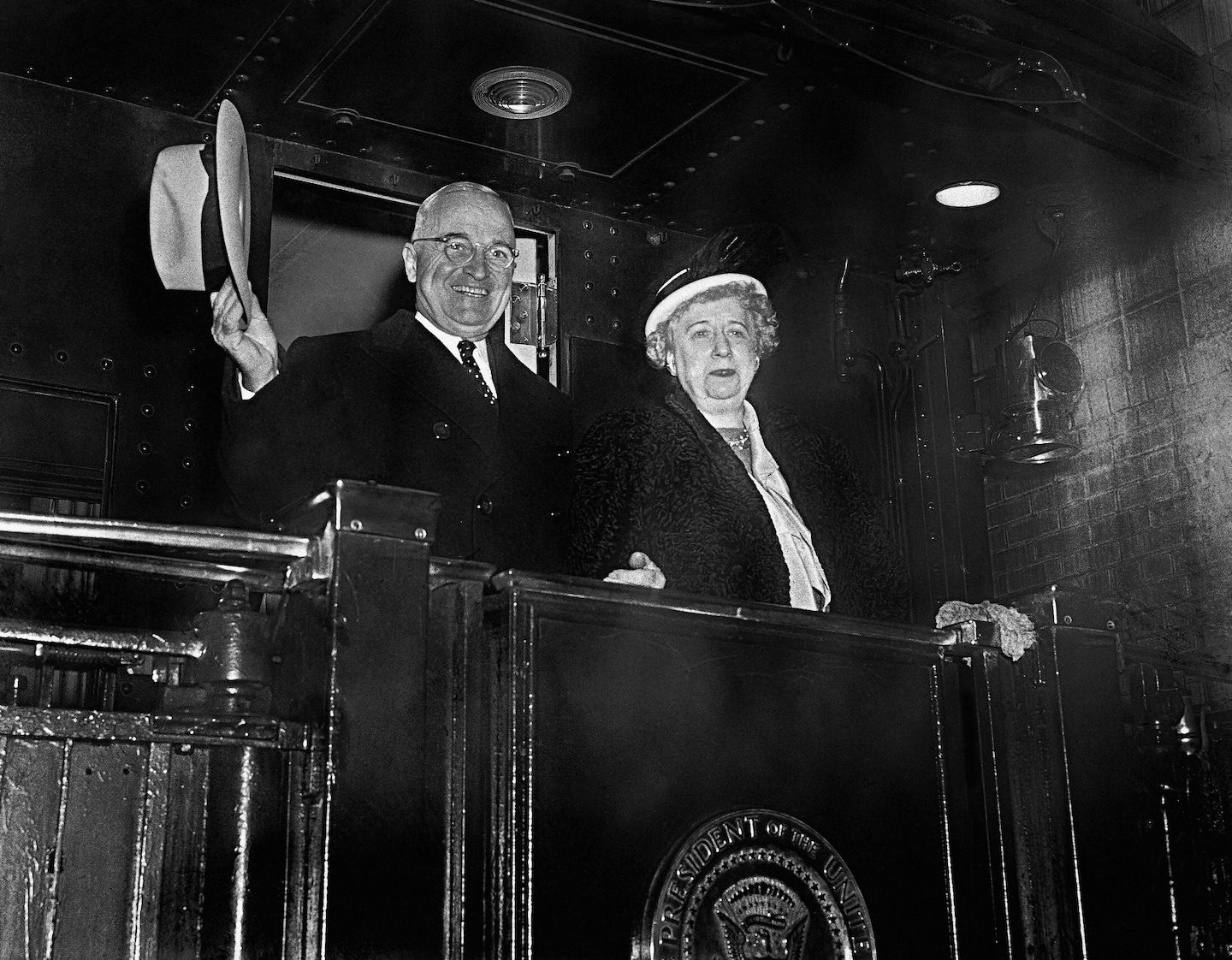History’s lessons for Joe Biden

These events might not have occurred when they did, and might have influenced postwar international politics very differently, if the Democratic Party had not replaced Vice President Henry Wallace with Harry S. Truman, a senator from Missouri, as President Franklin D. Roosevelt’s running mate in 1944.
This was the most fateful vice-presidential pick in American history. Only the Republicans’ 1864 decision to replace Abraham Lincoln’s strongly anti-slavery vice president, Hannibal Hamlin of Maine, with the thoroughly racist Andrew Johnson, then military governor of Tennessee, comes close.
Also, in a crucial sense, the Democrats’ 1944 choice is the one that most closely resembles the decision that Biden and his party face today. By the time of his nomination for an unprecedented fourth term, Roosevelt, though only 62 years old, was in poor and declining health — and although the public didn’t know much about his problems, his party’s insiders did.
The convention delegates, union leaders and big-city bosses who held sway in that era, were fully aware that Roosevelt’s vice president could be president within the next four years. At a minimum, there would be no fifth term, so their choice would also affect the contest for the party’s standard-bearer in 1948.
Biden is not ill, as FDR was, but he is much older: If elected, he will be 78 on his Inauguration Day. He and his party must be cognizant of the actuarial realities, with all they imply for Biden’s political future and the party’s.
Wallace was the darling of liberal New Dealers, a relative progressive on racial issues who envisioned a postwar full-employment program and vowed, in 1942, that “there must be neither military nor economic imperialism” after an Allied victory.
He also had a strange sympathy for Joseph Stalin’s Soviet Union. FDR had forged an alliance of convenience with Moscow during World War II, but Wallace regarded the Soviets as a potential good-faith partner in the postwar world as well.
Labor and liberals supported Wallace, while Southerners and machine pols backed James Byrnes, a South Carolinian segregationist. FDR was willing to let Wallace go and mostly told all sides what they wanted to hear. Truman emerged at the convention as a compromise alternative.
Thus the decision to use the atomic bomb devolved not on Wallace, a former corn-hybrid developer with a strong messianic religious streak (nor on Byrnes), but on Truman, a World War I combat vet with no college degree but genuine moral depth and plenty of political horse sense, instilled by years of service in the Missouri Democratic machine run by “Boss” Jim Pendergast.
Truman’s Cold War program would never have been enacted by a President Wallace, who privately told Soviet diplomats not long after Hiroshima and Nagasaki that he favored sharing U.S. nuclear weapons technology with them. Wallace later advocated that idea publicly, along with his opposition to the Marshall Plan and his recognition of Soviet hegemony over Eastern Europe.
Truman defeated Republican Thomas E. Dewey in 1948; Wallace as president might have lost to Dewey, assuming he was able to get the nomination from a Democratic Party that would have been badly divided among its progressive, Dixiecrat and centrist anti-communist factions.
One reason Truman struggled to beat Dewey is that he was opposed in November both by the Dixiecrats and by Wallace. The latter remained in the Cabinet until 1946, when Truman fired him for speaking out against his foreign policy, then ran against Truman in 1948, with the support of American Communists.
The point here is not whether the United States, or the world, would have been better off, in hindsight, with Wallace rather than Truman — though it bears mention that Wallace admitted during the Korean War that he had been wrong about, and duped by, the Soviet Union, which he called “utterly evil.”
Rather, the lesson is that, among all the reasons a presidential nominee might have for choosing a running mate — regional balance, party unity or, in Biden’s case, gender equality — what might ultimately make the most difference to the country are the pick’s ideological beliefs, personal characteristics and leadership instincts.
This is especially true during times of national and international upheaval. The late 1940s were such a period. So is 2020.
Read more:






